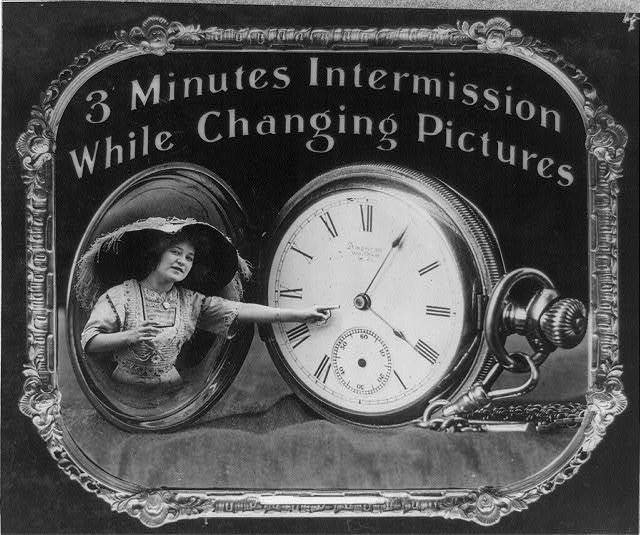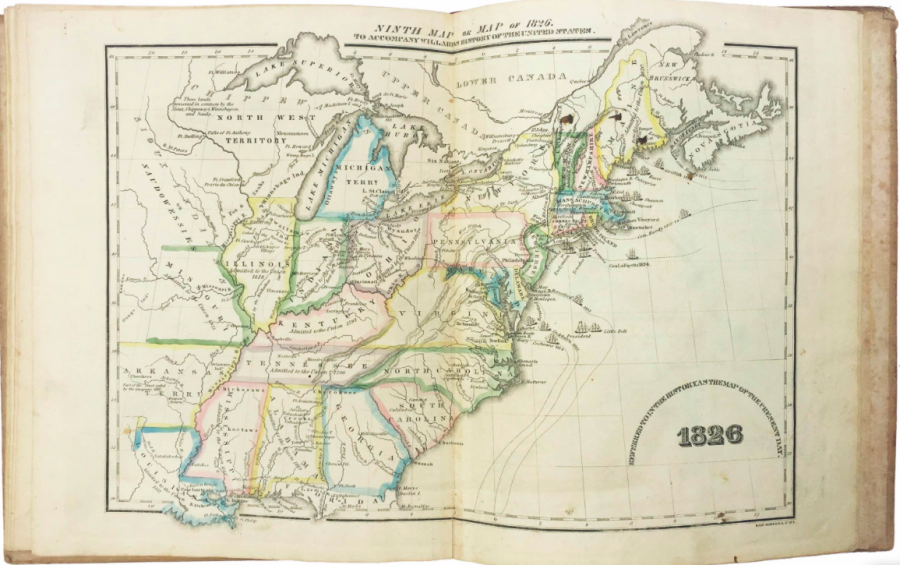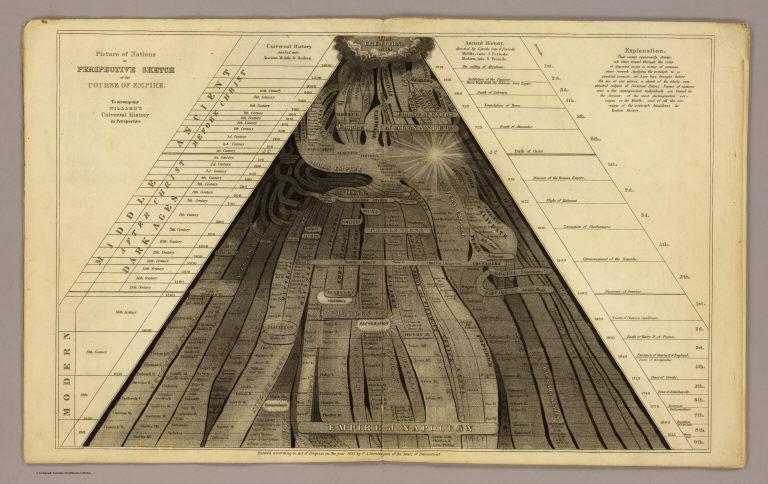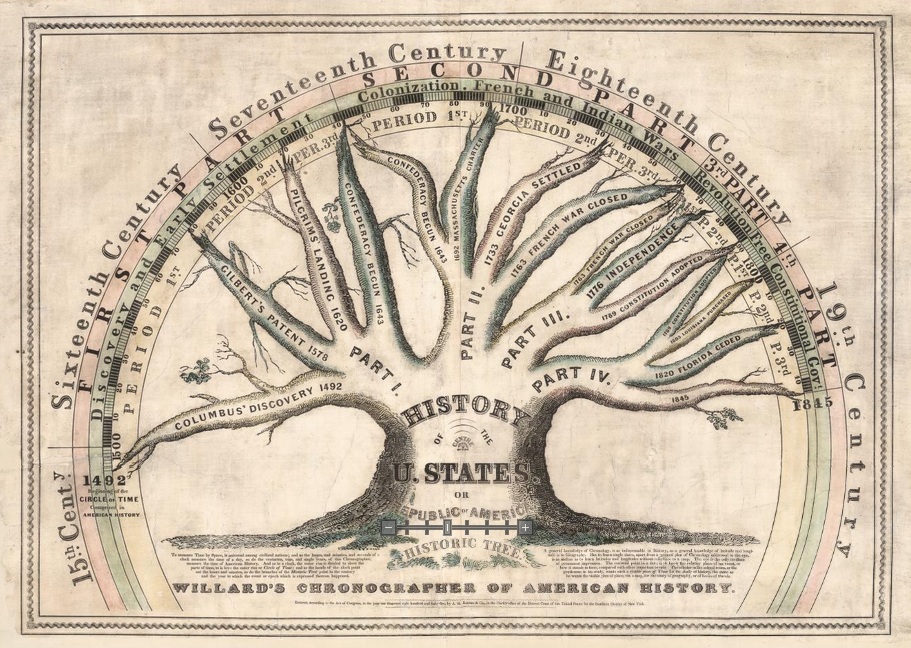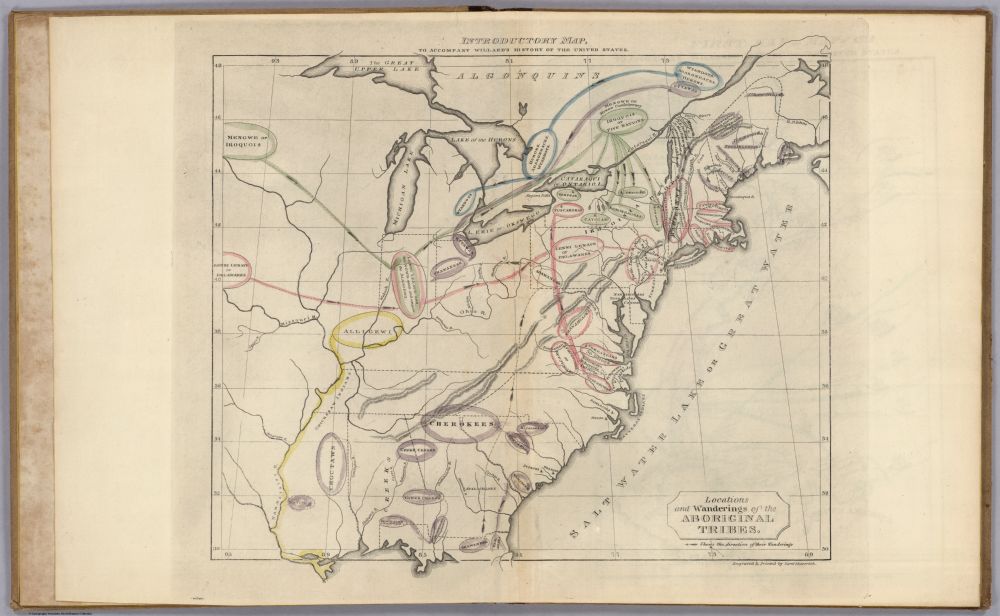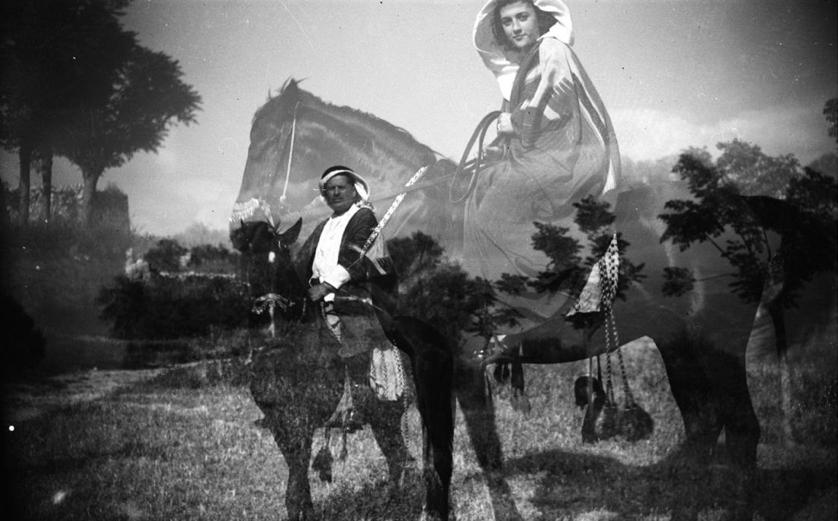Even those not intimately familiar with Jackson Pollock’s work know to file him under a category called “abstract expressionism,” but somehow his massive paintings — and the layer upon layer of drips that constitute their visual and textural surface — still seem to slip categorization. Some of the painter’s fans would surely claim that, more than sixty years after his death, he does indeed still stand apart. But how far apart, really? Evan Puschak, better known as the Nerdwriter, takes on that question in the video essay above, “How Art Arrived at Jackson Pollock.”
Puschak considers a particular Pollock painting from 1950, “the only abstract work of art that has ever floored me in person as soon as my eyes caught it,” and asks why appreciation comes so much more easily for him with it than with other non-figurative works of art. “I don’t think the power of this Pollock depends on its place in the history of art.” he says. “Its style, its use of color, its hyperactivity are intrinsic qualities, but I do think the history of art has a lot to say.” In many ways, “they’re the culmination of something that has a foggy beginning about a century or two before, with the gradual end of church and noble patronage of the arts and the dawn of painters painting what was important to them.”
This line of thinking sets Puschak in search of the beginning of modern art itself, which some find in the early 1860s in the highly figurative work of Edouard Manet, with its “flattened” imagery and “scandalous subject matter.” Monet and his colleagues brought about the movement known as Impressionism, “concerning themselves not with the objects they see in the world but how the light plays off them.” From then on the degree of abstraction intensifies with each subsequent movement in painting, and by the turn of the 20th century “art has unraveled. Its centuries-long aim of reproducing the physical world in perspective, color and form is rapidly being abandoned.”
The highly compressed six-minute journey that Puschak takes through art history to get him to Pollock’s “drip paintings,” which the artist began creating in the 1940s, also includes stops at post impressionism; the work of Vincent Van Gogh (notably his “ugliest masterpiece” Night Cafe, subject of a previous Nerdwriter analysis); Wassily Kandinsky and Pablo Picasso; Dada and the Surrealist Manifesto, all in the span of less than a hundred years. “A fast-changing world contributed hugely, of course, but beyond that I do believe there’s a drive in us to take things as far as they can go, and the century of modern art is an exhilarating example of that” — and the oeuvre of Pollock himself remains an example of “how irrepressible human creativity can be.”
Related Content:
Jackson Pollock 51: Short Film Captures the Painter Creating Abstract Expressionist Art
Watch Portrait of an Artist: Jackson Pollock, the 1987 Documentary Narrated by Melvyn Bragg
The MoMA Teaches You How to Paint Like Pollock, Rothko, de Kooning & Other Abstract Painters
Dripped: An Animated Tribute to Jackson Pollock’s Signature Painting Technique
Based in Seoul, Colin Marshall writes and broadcasts on cities, language, and culture. His projects include the book The Stateless City: a Walk through 21st-Century Los Angeles and the video series The City in Cinema. Follow him on Twitter at @colinmarshall, on Facebook, or on Instagram.





